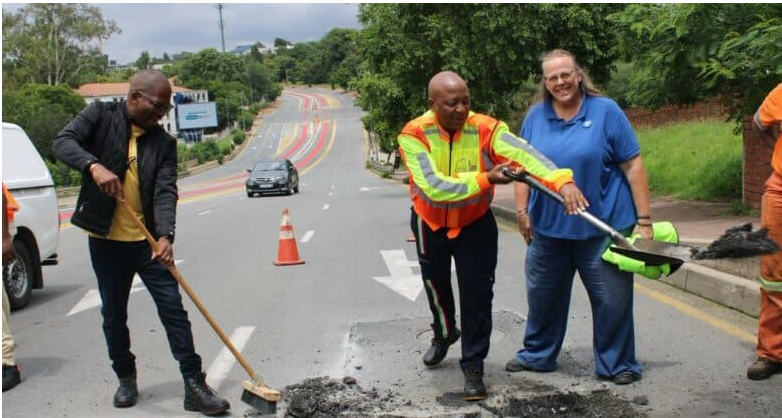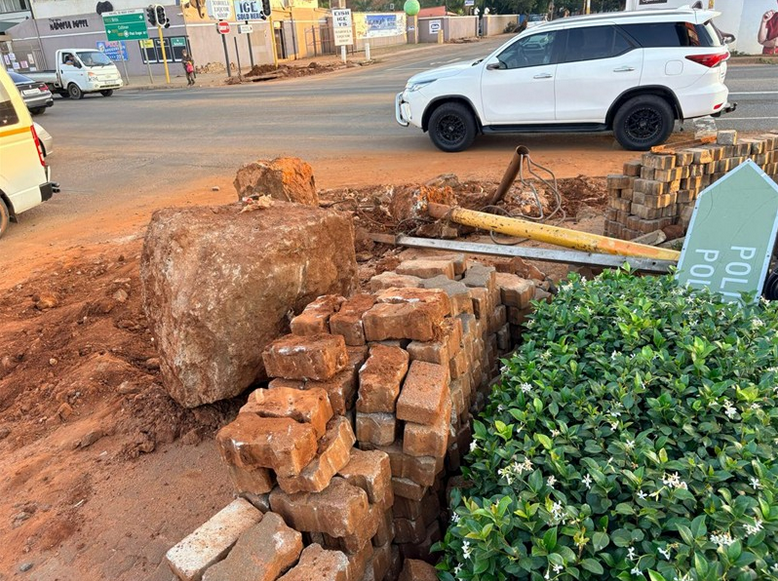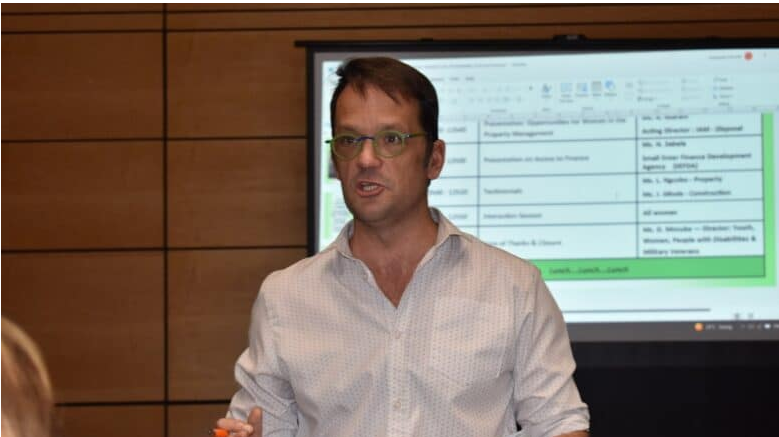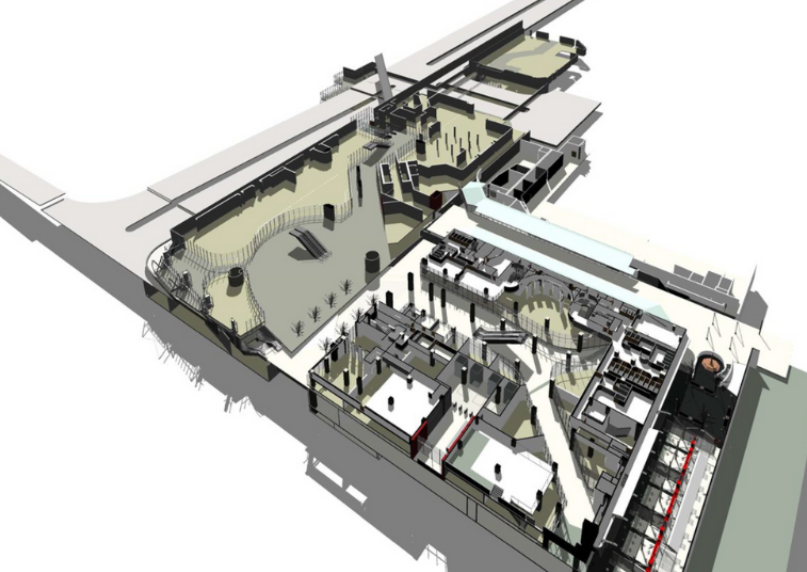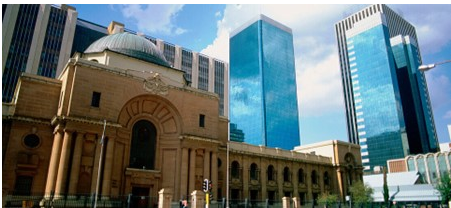Afrimat continues its wild ride
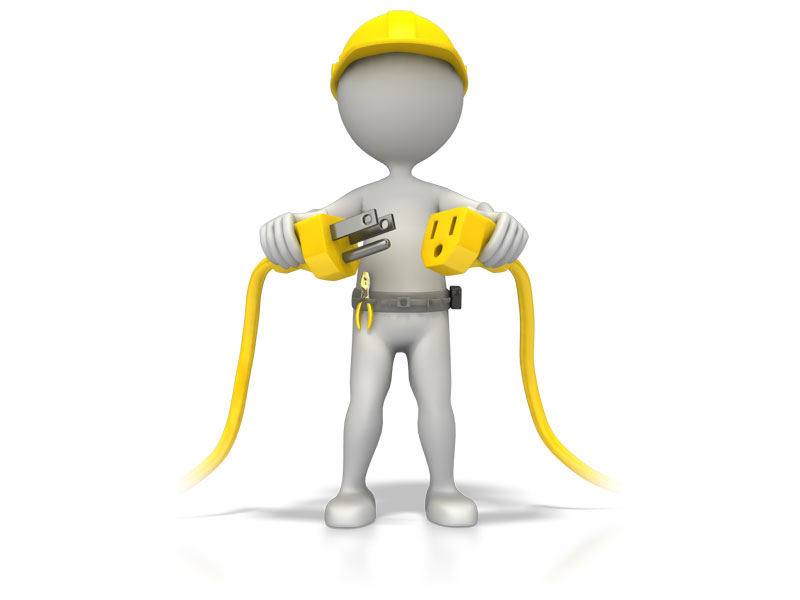
Advertising
01-11-2019
Read : 280 times
Moneyweb
Source
With a 57% rise in operating profit at the halfway stage.
Afrimat, a stand-out in the JSE’s construction and materials sector, continued its astonishing run in the six months to August with a nearly 20% surge in revenue to R1.7 billion, and 57% growth in operating profit to R203 million.
It’s a good news story in a country in need of one. There were decent performances from all three business units – bulk commodities, industrial minerals and construction materials – but the star performer was bulk commodities, which exports iron ore.
Bulk commodities is an odd addition for a construction company, but it has turned out to be a prize asset in the portfolio. It benefitted from a run in iron ore prices and strong demand from China.
The newest addition to the portfolio, it accounts for 29% of group revenue. It grew revenue by 77.5% to nearly R500 million, the result of better sales volumes and favourable pricing, which helped operating profit margins expand from 17.9% to 27.8% over the last year.
Impact
The impact on net cash is shown in the graph below. This enabled the group to repay a R300 million loan used to ramp up production at its iron ore mines. Overall, borrowings declined from R182 million to R110 million, and the company’s bank overdraft is also down to R34.4 million, from R148 million a year ago.
All told, the current liabilities improved R165 million, repurposing the balance sheet for the next phase of growth.
Afrimat chief financial officer Pieter de Wit says the influx of cash was used to pay down debt.
Construction materials had a so-so trading period, with revenue up 6.1% to R923 million and operating profit up by a similar margin to R122 million. It is still the largest part of the business, accounting for 54% of revenue and 38.4% of operating profit.
“This is still a major part of our business, and we think the construction sector has bottomed,” says De Wit. “Sanral [SA National Roads Agency] has started issuing a few tenders, and there are signs of green shoots. We expect construction activity to pick up in next 12 to 18 months.”
On the balance sheet, the adoption of IFRS 16 (which establishes new rules for lease accounting) inflated borrowings by R50 million, with a corresponding balance sheet entry for plant and equipment. “This was mainly for mining leases where we don’t own the land,” adds De Wit. “We have several long-term lease agreements for the land where we own the mining rights, but not the land itself.”
The cash flow statement shows a massive increase in cash from operating activities. This is the result of higher iron ore prices at the start of the year. Bulk commodity prices have since dropped from about $120 per ton to $85 per ton, so the next six months will be less scintillating.
Industrial minerals grew profits by about 50%, due mainly to new markets, cost savings and an efficiency drive.
“This is a good business with a lot of opportunities. It accounts for about 20% of our profits but we’d like to grow it,” says De Wit.
Recent News
Here are recent news articles from the Building and Construction Industry.
Have you signed up for your free copy yet?
